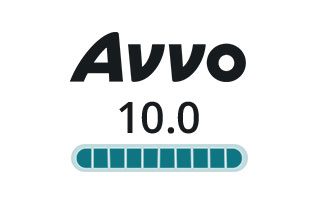As most people already know, there is no such thing as a risk-free surgery. However, it’s important to understand that it’s not just the procedure itself that poses these health risks, but also the tools and medications used by the medical staff. For instance, one of the major surgery risks is actually posed by anesthesia, which if administered improperly by the anesthesiologist or nurse anesthetist can result in everything from liver poisoning and brain damage to a coma or even death.
Interestingly, while it’s a generally accepted tenet in the medical community that anesthesia is safe for adult patients, the answer is not quite so clear cut concerning pediatric patients. That’s because various studies over the years have linked anesthesia exposure among young patients to long-term behavioral issues and learning deficits, while an equal number of other studies have reached the exact opposite conclusion.
In recognition of the need for answers, both the Food and Drug Administration and the International Anesthesia Research Society joined forces in 2010 to start a program called SmartTots — Strategies for Mitigating Anesthesia-Related neuroToxicity in Tots.
The principal goals of SmartTots are to stimulate a constructive dialogue among experts in the field, close research gaps and, most importantly, develop a way to ensure that the brain development of children who need surgery won’t be unduly affected by anesthesia.
“Our hope is that research funded through SmartTots will help us design the safest anesthetic regimens possible,” says Bob Rappaport, director of the Division of Anesthesia, Analgesia and Addiction Products at FDA. “This research can potentially foster the development of new and safer anesthetic drugs for use in pediatric medicine.”
SmartTots-affiliated research has already demonstrated that exposure to ketamine — a relatively common anesthesia in pediatric procedures — resulted in a minimal degree of cognitive impairment among young rhesus monkeys, which bear a resemblance to humans both behaviorally and physiologically. While work needs to be done, it’s a first major step.
While more work remains to be done, it’s reassuring to know that researchers are working hard to ensure that the over 1 million kids under the age of four who require anesthesia for surgery will someday be that much safer.
It should be noted that SmartTots encourages parents and caretakers to take the time to discuss all of the risks and benefits of procedures requiring anesthesia with medical professionals, as well as the risks of withholding any treatment.
Source: Food and Drug Administration, “Anesthesia: Is it safe for young brains?” August 9, 2013





Leave a Reply